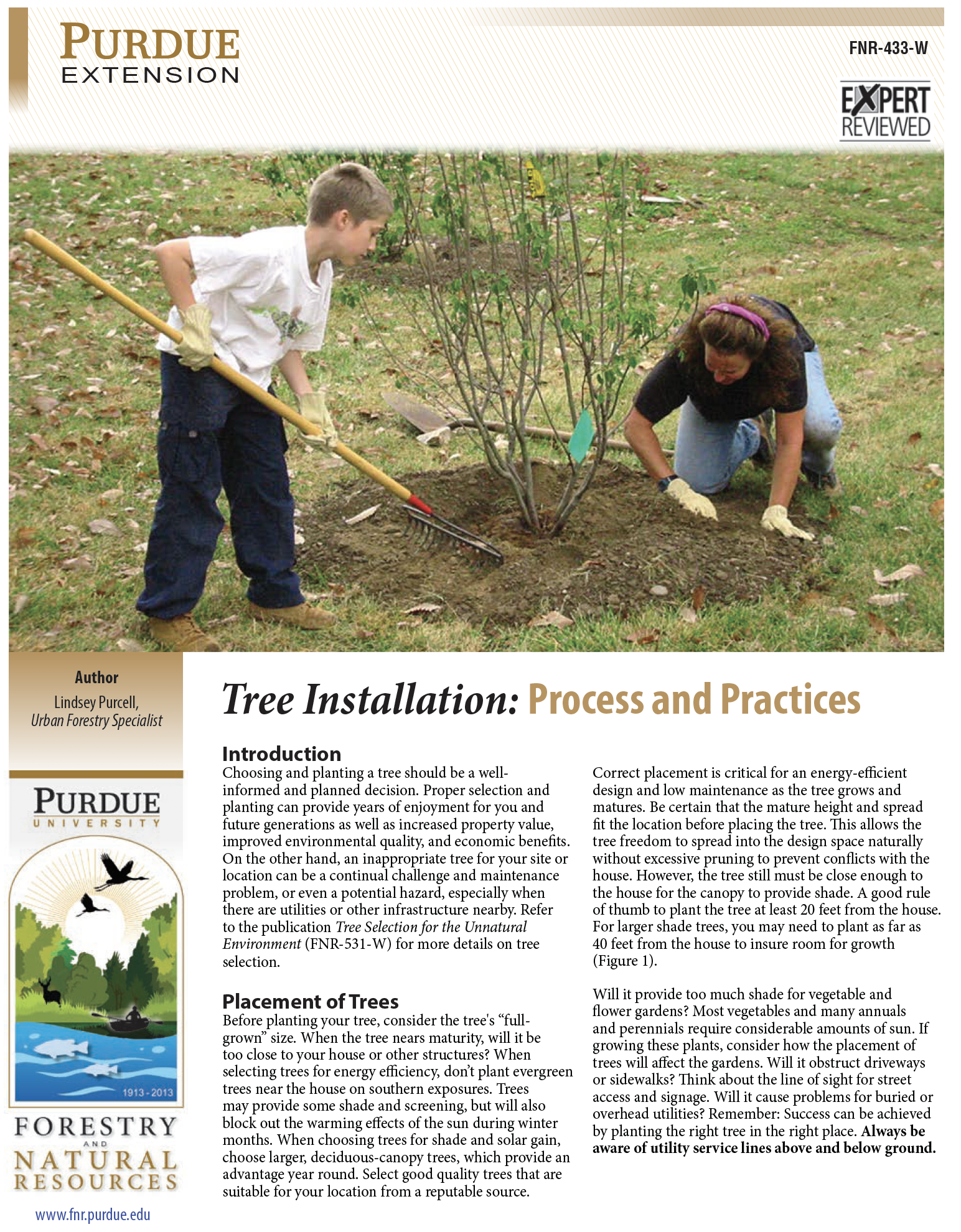Picture of the Week
July 11, 2022
Planting Depth Affects the Long-term Survivability of Trees
Kyle Daniel, Department of Horticulture and Landscape Architecture
When trees are planted in the landscape special attention is placed on transplant shock and the short-term survival, while little thought is typically given to the long-term effects of tree planting practices. The average life expectancy of a tree planted in an urban area is estimated to be less than ten years (USFS) up to 28 years (Roman and Scatena, 2011). Proper tree selection, digging the hole 1.5 times the width of the root ball, and removing soil to find the root flare are a few of the steps to ensure long-term survival. Many times trees are planted too deep, with no visible root flare. When a tree is planted too deep, decay, structural malfunctions, apical dieback, and an increase in abiotic and biotic stress can occur. If the trees you are maintaining do not exhibit a root flare, remove the soil and/or mulch until the root flare is located. Also, keep mulch away from the trunk of the tree when re-mulching.
Click Images to enlarge
Click on images below for a publication on "Tree Installation" by Lindsey Purcell and a Purdue Landscape Report article on "Mounds upon Mounds of Mulch" by John Bonkowski.




